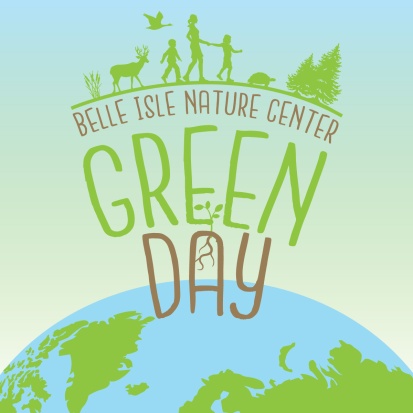It’s a fact of life: With every day that passes, humans and animals get older. And just like humans, as animals go through life, maturing from infants to older adults, their needs change.
Animals living in accredited zoos and aquariums have constant access to resources such as food and veterinary care. They also don’t face predatory pressures as they would in the wild and as a result, they can live very long lives – far longer than they would in the wild. As zoos continue to evolve, so has our understanding of what it means to care for aging animals. Careful monitoring of their health and any physical limitations that may challenge them as they grow older allows us to make adjustments as necessary.
Older animals may not be able to move around as easily as they once did. We may therefore need to modify their physical surroundings to ensure their ability to use their space fully. Advances in veterinary science mean that we can treat any concerns that arise – and in some cases, act proactively to prevent them. Just as some of us may be providing supplements to older cats and dogs sharing our homes, similar measures are also available to treat age-related ailments of animals living in zoos. For example, animals can develop cataracts; several of the crested penguins living at the Detroit Zoo have undergone surgery to address their visual impairments. This has allowed them to better navigate through their wonderful new home at the Polk Penguin Conservation Center and to more fully interact with the other penguins.
Zoos have a profound responsibility to all of the animals in their care, including a commitment to ensuring great lifelong welfare. The staff at the Detroit Zoo care for and about each individual animal, through every stage in their lives. As we celebrate Senior Day on April 26, we honor both our human and animal friends in their golden years. For the animals at the Detroit Zoo, this includes Kintla, a 33-year-old grizzly bear; Bubbles, a 46-year-old chimpanzee; Knick-Knack and Giovanni, 23-year-old miniature donkeys; Homer, a 25-year-old Hoffman’s two-toed sloth; and Lily, a 26-year-old Przewalski’s horse.
Stephanie Allard, Ph.D., is the director of animal welfare for the Detroit Zoological Society and oversees the Center for Zoo Animal Welfare.











